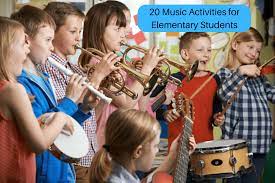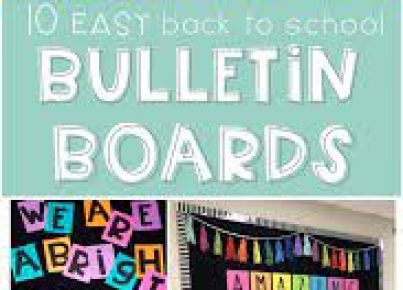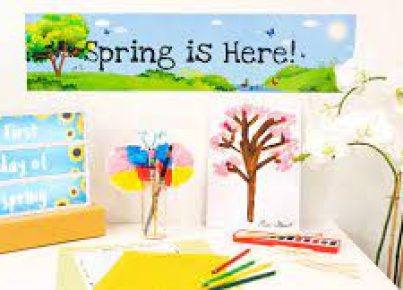Engaging children in musical activities can be a key aspect of their education. It’s important to keep students interested and excited about music by providing them with captivating and diverse activities. Below, we’ve compiled a list of 20 interactive music activities that elementary school teachers can incorporate into their classrooms.
1. Musical chairs: An all-time classic, musical chairs help students develop listening skills and a sense of rhythm.
2. Icebreaker games: Use music as a backdrop for icebreakers, aiding in socializing and building friendships.
3. Instrument exploration: Let students explore how different instruments produce sound while encouraging creativity.
4. Sing-a-longs: Choose popular or educational songs for the kids to sing together, promoting expression through performance.
5. Rhythm clapping: Teach students different patterns of rhythm, allowing them to practice by clapping along with the beat.
6. Song composition: Divide the class into groups and challenge them to come up with an original song based on a theme or subject matter.
7. Karaoke: Organize a fun-filled karaoke afternoon where students can take turns performing their favorite songs, boosting their confidence.
8. Dance party: Dedicate time for free-form dance sessions, which can serve as opportunities for both physical exercise and creative expression.
9. Name that tune: Boost listening skills by having the kids guess song titles after playing just a short snippet of the melody.
10. Percussion circle: Provide various percussion instruments encouraging community-building through rhythmical teamwork and improvisation.
11. Wind chimes project: Make homemade wind chimes using household materials and teach students about constructing unique musical instruments.
12. Music theory lessons: Teach basic concepts like pitch, tempo, and dynamics through engaging worksheets or interactive games.
13. Explore world music: Diversify the classroom curriculum by exploring various cultural traditions and musical genres from around the world.
14. Nature walk performances: Encourage students to use items found during nature walks to create their own musical composition.
15. Create a class band: Form a class band where students learn and play together, helping them appreciate teamwork in music.
16. Make-your-own instruments: With creative items like empty paper towel rolls, rubber bands, and pots, kids can construct and play their own homemade instruments.
17. Music scavenger hunt: Hide sheet music or lyrics around the classroom to have students search for hidden treasures while reviewing notes or melodies.
18. Sound experiments: Combine science and music by conducting activities such as exploring how different materials change the sound of an instrument or making water glasses sing.
19. Film-score Foley: Discuss how music is used in films, and have students create unique sound effects for short video clips using classroom objects.
20. Music journaling: Have children write about their favorite songs or artists, connecting written language with thoughts on musical expression.
By incorporating these engaging music activities into your elementary classroom, you will foster creativity, enhance listening skills, and build a foundation that enables students to have a life-long appreciation for music.





